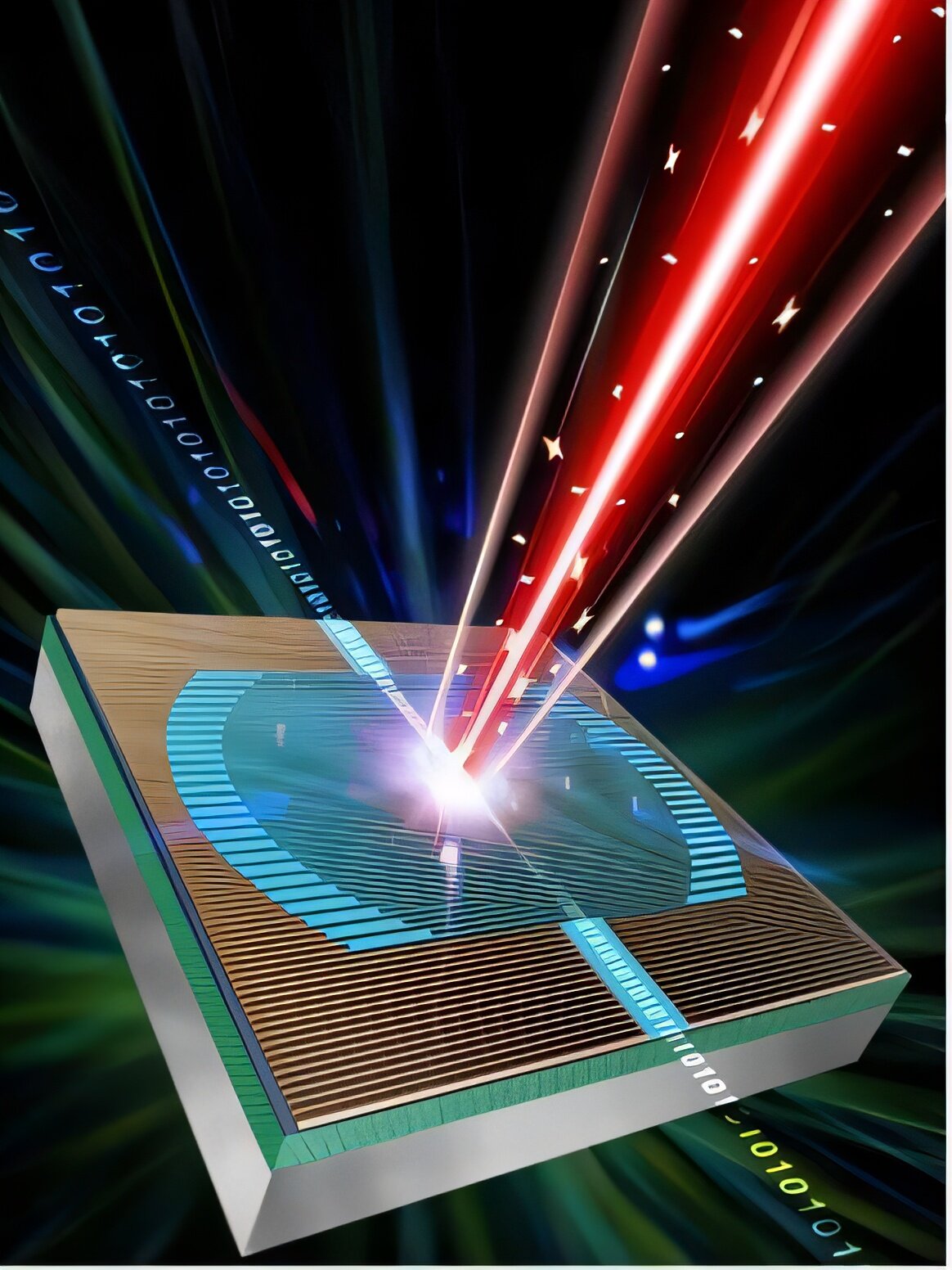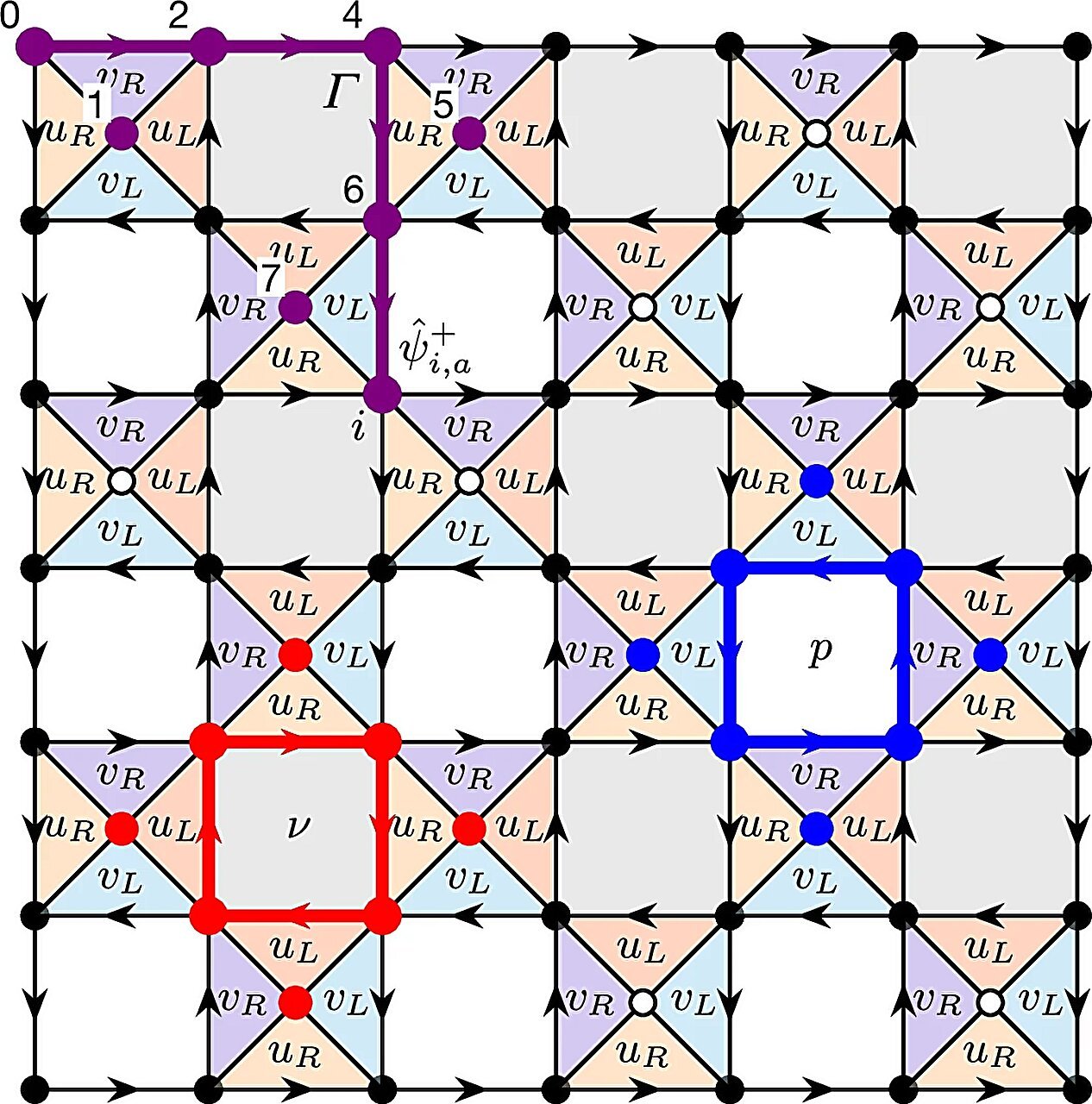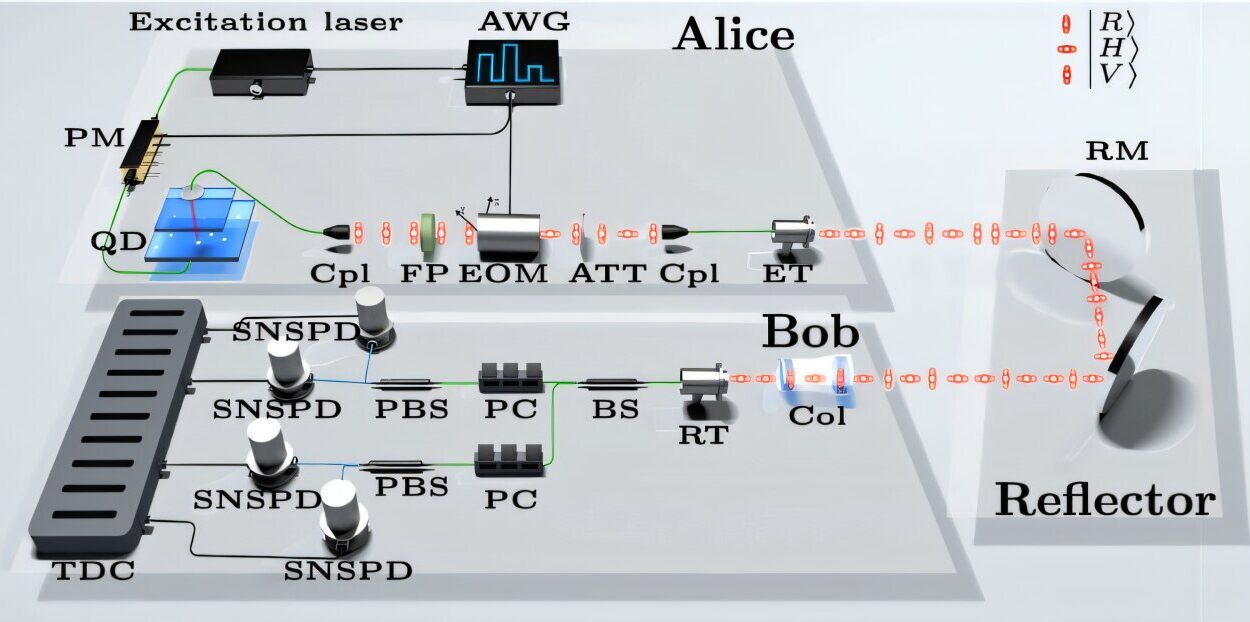Quantum computers represent a remarkable leap in information processing, harnessing the principles of quantum mechanics to solve problems that classical computers cannot. One of the most challenging aspects of quantum computing is the detection of individual photons, which carry quantum information. In this context, superconducting nanostrip single-photon detectors (SNSPDs) play a crucial role. These detectors are highly sensitive devices designed to detect single photons, enabling the transfer of quantum information within quantum computing systems. The role of SNSPDs is critical as photons are the primary carriers of information in quantum communication and quantum computation protocols.
Most SNSPDs to date have been fabricated using type-II superconductors, which are materials that become superconducting at lower temperatures and can support more robust structures. However, a new study led by Lixing You and colleagues from the Chinese Academy of Sciences has introduced a groundbreaking advancement: the successful fabrication of an SNSPD using a type-I superconductor, aluminum. This new approach promises to improve the efficiency and compatibility of single-photon detection, offering a pathway to better integrate these detectors into quantum computing systems.
The core reason for focusing on superconductors in quantum computing stems from the unique properties these materials exhibit when cooled below a critical temperature. In a superconducting state, materials exhibit zero electrical resistance, which is crucial for the sensitive detection of photons. When a photon is absorbed by the material, it introduces energy that momentarily disrupts the superconducting state, leading to an increase in electrical resistance. This increase is then detected as a signal that a photon has been absorbed, which is essential for the quantum computing process.
Traditional type-II superconductors have proven to be effective for constructing SNSPDs, largely because they are more robust and easier to fabricate. However, aluminum, a type-I superconductor, brings new possibilities to the table. Unlike type-II superconductors, which have a more complex structure and exhibit greater sensitivity to external conditions, aluminum is more compatible with existing quantum computing architectures. This compatibility makes it an attractive option for integrating SNSPDs into quantum computing systems that are already based on aluminum-based superconductors.
In the study published in Superconductivity, You and Zhou’s team demonstrated that SNSPDs made from thin aluminum films could detect single photons in the visible light spectrum with high efficiency. This is a significant milestone, as aluminum has previously been overlooked in favor of more widely studied type-II materials. The team’s innovation lies in their ability to engineer the aluminum nanostrips to detect photons with nearly 100% quantum efficiency. This breakthrough in detection efficiency paves the way for the integration of these aluminum-based detectors into quantum chips, which are central to quantum computing architectures.
Aluminum has several advantages over traditional type-II superconductors. One of the most notable is its lower resistivity when in thin-film form. This property allows for better photon detection rates because the photon-counting rate is closely tied to the material’s ability to handle the incoming photons without misinterpreting them. The key metric in assessing the performance of SNSPDs is the “count rate,” which refers to how many photons a detector can accurately register. A higher count rate translates into more precise quantum computations and a more robust system. Due to the lower resistivity of aluminum, these SNSPDs could potentially have higher photon detection rates than their type-II counterparts, offering enhanced accuracy for quantum computing tasks.
Another advantage of aluminum is that it is easier to integrate with current quantum computing systems, which often rely on aluminum-based superconductors. By using the same material for both quantum information processing and photon detection, researchers can streamline the integration process, reducing the need for complex and potentially inefficient interfaces between different materials. This integration could also lead to more compact and sophisticated quantum computers in the future, as researchers are continually seeking to miniaturize quantum systems to make them more practical for real-world applications.
However, despite the promise of aluminum, it is not without its challenges. One key difficulty in using aluminum in SNSPDs is its tendency to oxidize. Oxidation can degrade the performance of the material, which is particularly problematic for the ultra-thin films required for photon detection. To address this issue, You and Zhou’s team employed a protective layer of aluminum nitride on top of the aluminum films. Aluminum nitride is a highly stable material that prevents oxidation, ensuring that the aluminum maintains its superconducting properties. Additionally, the team added a layer of silicon dioxide to protect the films from alkaline substances that could cause corrosion during the fabrication process.
Another challenge that the researchers had to overcome was the phenomenon of “latching.” Latching occurs when a superconductor becomes permanently resistive after absorbing a photon, preventing it from returning to its superconducting state. This can lead to false readings and errors in photon detection. To prevent this, the researchers carefully designed the nanostrips to be of the right length. By doing so, they were able to stabilize the current flow during photon absorption, ensuring that the SNSPD did not latch and continued to function as intended. This careful optimization of the nanostrip length allowed the team to achieve their unprecedented result of near 100% quantum efficiency for aluminum-based SNSPDs.
The success of this experiment could have far-reaching implications for the field of quantum computing. As quantum computers advance, the demand for efficient photon detection systems will only increase. Aluminum-based SNSPDs could become a critical component of future quantum computing architectures, enabling the detection of quantum information with higher efficiency and better integration. The ability to detect photons with such high accuracy will improve the overall reliability of quantum computations, which is essential for solving complex problems in fields like cryptography, materials science, and optimization.
The research by You and Zhou’s team is still in its early stages, but it represents an important step forward in the development of quantum technologies. By focusing on the compatibility of materials and improving the efficiency of photon detection, they are setting the stage for the next generation of quantum computers. As quantum computing continues to evolve, the integration of aluminum-based SNSPDs could prove to be a key breakthrough, enabling more powerful, efficient, and compact quantum systems.
Reference: Yuting Jiang et al, Superconducting nanostrip single photon detectors fabricated of aluminum thin-films, Superconductivity (2024). DOI: 10.1016/j.supcon.2024.100096






